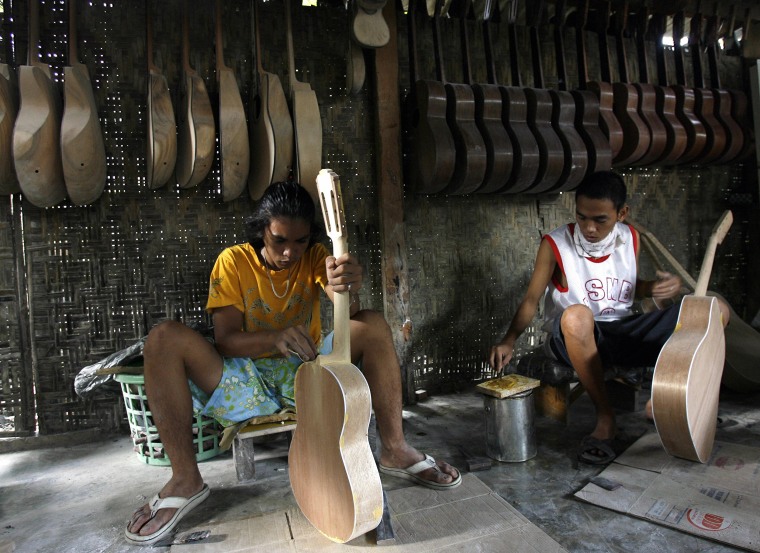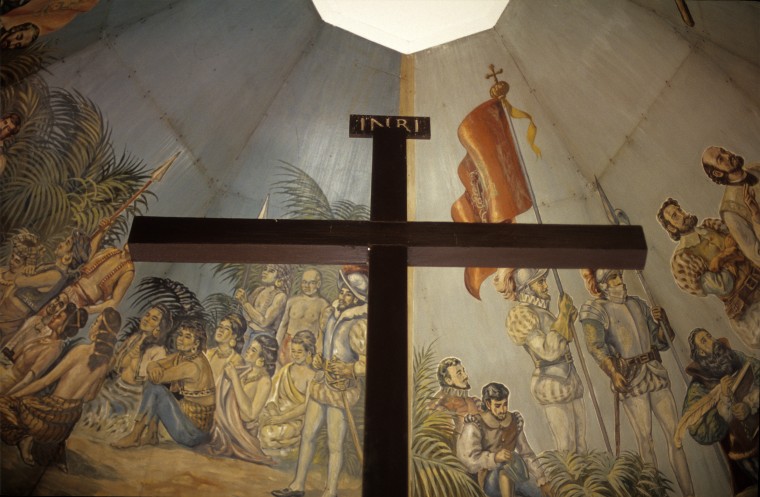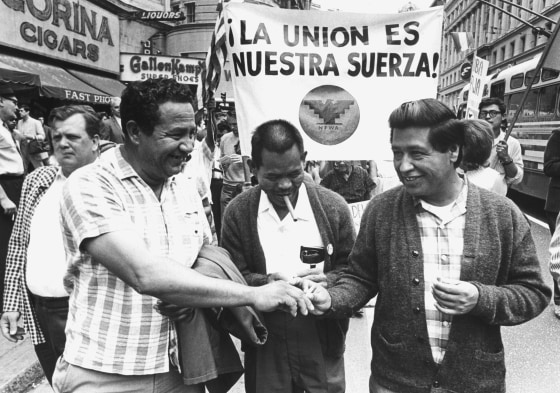Lauren Espejo remembers people asking her “what kind of Spanish she was” when she was a little a girl.
A Filipino American who grew up in Queens, New York, Espejo said that, because of her last name — which translates from Spanish to “mirror” — and the way she looked, people often ask her about her ethnicity.
“My first recollection thinking I was Spanish was when I was four or five,” Espejo said. “When I correct people and tell them I was Filipino, some of them would say ‘Oh, you’re basically Spanish.’ But I’m not basically anything. I’m Filipino.”
Espejo — the founder of You Had Me At YLW podcast and YLWRNGR, a website that discusses Asian-American issues — said growing up she felt like she was in between two different cultures and often related to Spanish culture because of the similarities in traditions and religion.
“Since a lot of us are Catholic, we have a lot in common when it comes to cultural traditions with Spanish people, but not necessarily other Asian groups,” Espejo said.
She isn’t the only Filipino-American person to feel that way. In his book, “The Latinos of Asia: How Filipinos are Breaking the Rules of Race,” sociologist Dr. Anthony C. Ocampo explores how Filipino Americans, while classified as Asian by the U.S. Census Bureau, share traits with Latino culture because of the Philippines’ history of Spanish colonialism. He suggests that the concept of ethnic and racial identity is a social construct, which means human beings create these identities.
The Spanish colonial period of the Philippines began when explorer Ferdinand Magellan came to the islands in 1521 and claimed it as a colony for the Spanish Empire. The period lasted until the Philippine Revolution in 1898. The U.S. then fought Spain during the Spanish-American war and took possession of the Philippines, which prompted the Philippine-American war that took place from 1899 to 1902.

In 1982, the Filipino American National Historical Society (FANHS) declared October Filipino American History Month to preserve and promote Filipino-American history. In 2009, it was recognized by the U.S. Congress. 2018 marks the 120th Anniversary of the declaration of Philippine independence from Spain in 1898 as well as the 120th Anniversary of the Spanish-American War.
“The Spanish colonial period in the Philippines lasted longer than that of a lot of countries in Latin America, including Mexico,” Ocampo said. “You can’t just forget the three-and-a-half century Spanish influence in the Philippines.”
According to the Pew Research Center, more than 80 percent of Filipinos were Catholic in 2010. Ocampo noted that when Filipinos immigrated to the U.S., many would end up at churches and meet Mexican Americans and people from the Latino community rather than other Asian Americans.
“When you go to the the Philippines or Filipino households in the U.S., you can see the influence of Catholicism in the form of saints, crosses and statues,” Ocampo said. “The Spanish colonial period left these marks on Filipino culture—residues that last even today. You have things like religion, our last names, and everyday words in Tagalog and other Philippine dialects.”
These cultural overlaps served as building blocks for people to form social relationships, Ocampo contended. He added the close ties between Filipino Americans and Latino Americans even go as far back as the 1960s, when Cesar Chavez and Larry Itliong worked together to form the United Farm Workers union. Ocampo noted that the League of United Latin American Citizens, a national organization that fights anti-Hispanic discrimination, used to also have Filipino chapters.
Ocampo said that when he has spoken with other Filipino Americans about their experiences growing up, plenty of them talk about how many of them often subconsciously gravitated toward Latino spaces.
“A lot of them talked about this unspoken comfort they felt around Latinos, but what was notable was a lot of them would feel comfortable at friends’ quinceaneras and other traditional events,” Ocampo said. “Of course, there are many Filipinos who gravitate toward Asian-American spaces as well, but I think it was not an insignificant number that was gravitating toward Latino groups.”

Ocampo's neighborhood in northeast Los Angeles consisted of mostly of Filipinos and Latinos, which shaped the perception of his own identity and caused him to be more observant of the similarities between the two communities, he said.
"I grew up in a neighborhood where there weren’t a lot of East Asians," Ocampo said. "So when you heard the word ‘Asian’, you always automatically think of Chinese, Japanese and Koreans, but you’re not thinking about the brown kid with the last name Rodriguez who’s wearing a cross around his neck.”
In Pulitzer Prize-winning journalist Jose Antonio Vargas’ memoir, “Dear America: Notes from an Undocumented Citizen,” Vargas noted how he never grew up pronouncing his name with a Spanish accent or spelling it with an accent mark.
Vargas said Ocampo connected him with a linguistic anthropologist who informed him that the reason there isn’t an accent mark in the spelling of his name of “Jose” is because of typewriters that Americans brought over during their colonial period.
“After the Americans forced the Spanish out of the Philippines, their typewriters couldn’t type accented vowels,” Vargas wrote. “My name is Jose because of Spanish colonialism. But Jose isn’t José because of American imperialism.”
“My name — our Filipino names — are a result of Spanish colonialism and American imperialism,” Vargas said. “And that tells you not only a lot about history and the cost of what imperialism and colonialism does, but what it means to explore where you come from.”
Ocampo said there was a period in the 1970s — early years after the term “Asian American” came to be — detailed in the book “Making Hispanics: How Activists, Bureaucrats, and Media Constructed a New American” by University of California, Berkeley, sociologist Dr. G Cristina Mora when Filipinos almost were categorized as Hispanic or Latino.
In it, Mora writes about how Leobardo Estrada, a census official at that time, said during an official meeting how a Spanish-origin racial identifier almost became a part of the U.S. Census.
“During this time in the ‘70s, there was conversation about using Spanish surnames as the primary way to categorize people by race, which a lot of Filipinos obviously would’ve chosen Spanish because of their name,” Ocampo said. “It would’ve been fascinating in history if Filipinos had been classified the other way.”
Espejo, the New Yorker, said she learned more about Filipino history through courses for her Spanish minor in college than her regular history classes.
She added that it was important for her to learn more about Filipino heritage to better understand and appreciate who she is.
“It’s important to share with people that we do have a Spanish background because it puts everything in perspective,” Espejo said. “You can’t just erase our history.”
Follow NBC Asian America on Facebook, Twitter, Instagram and Tumblr.




